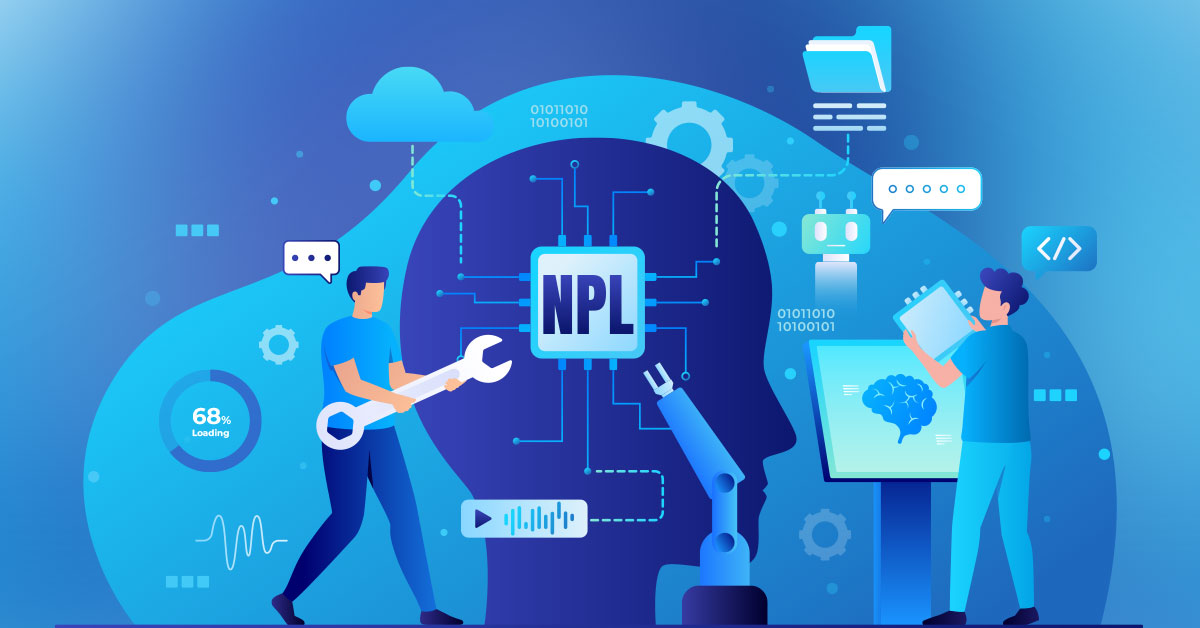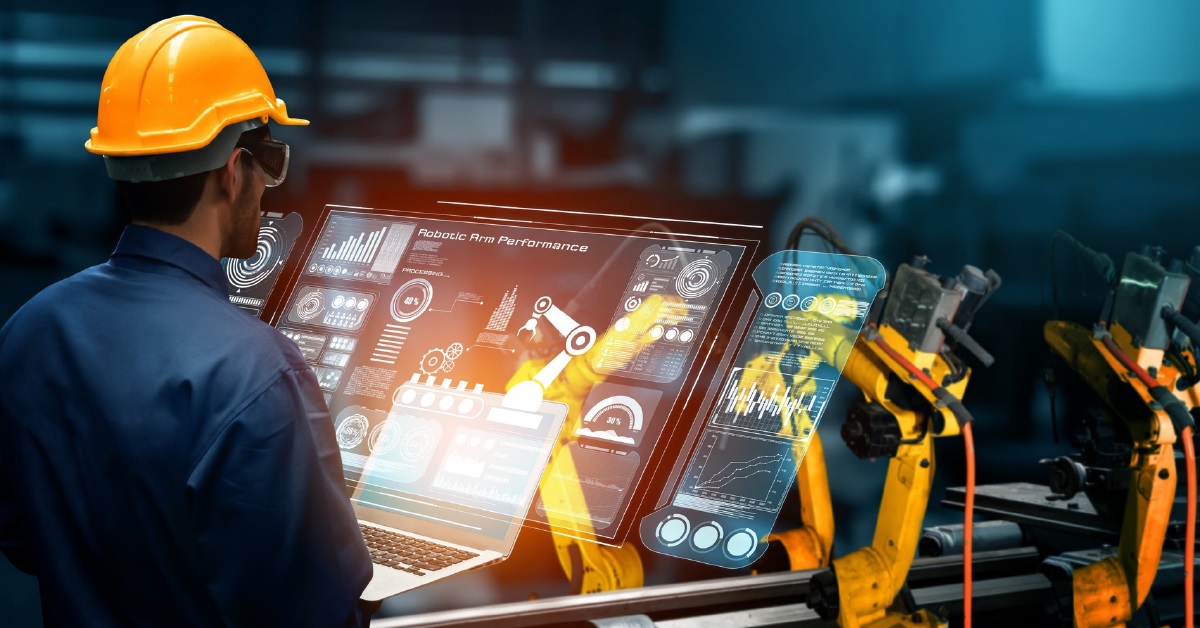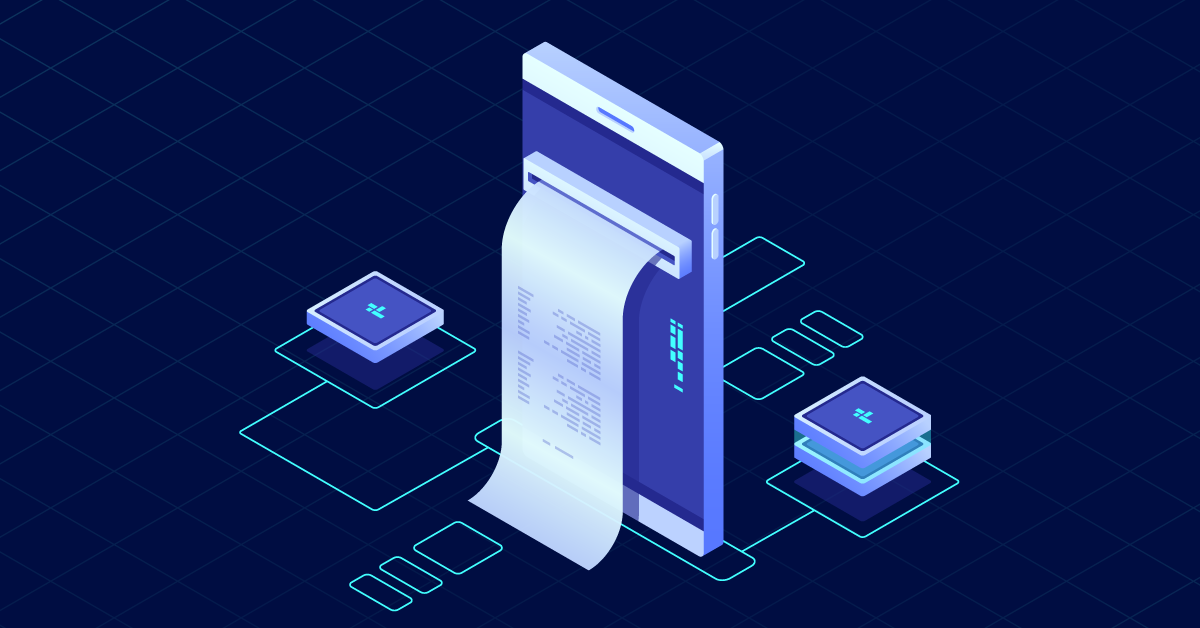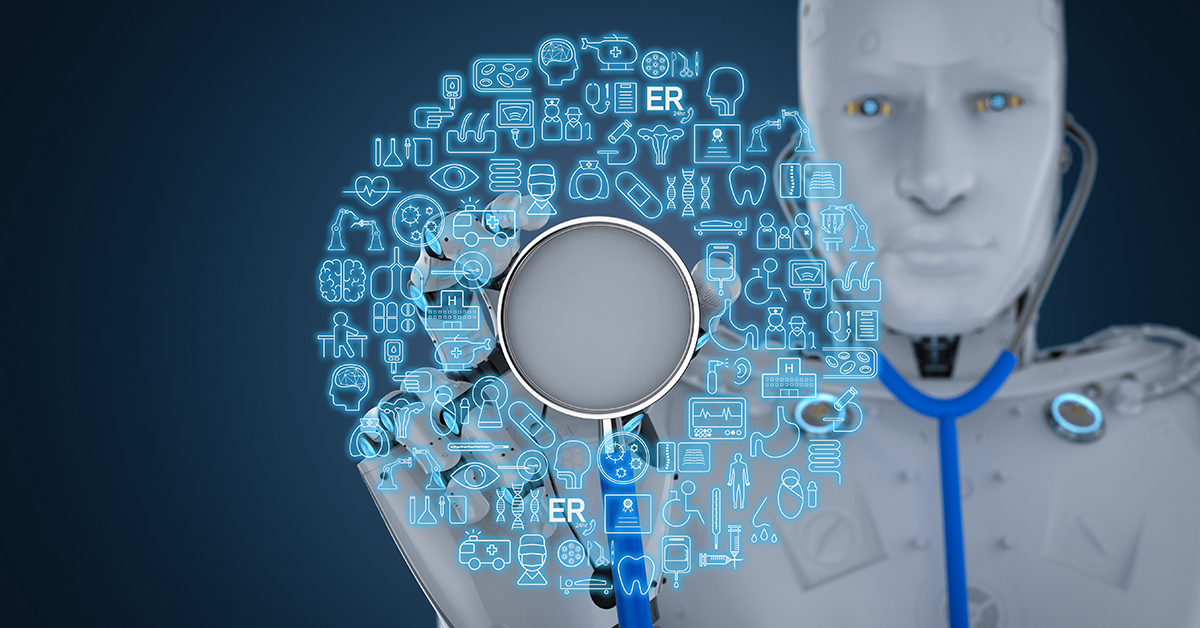AI in Transportation: Transforming Mobility with Autonomous Vehicles and Traffic Management Systems
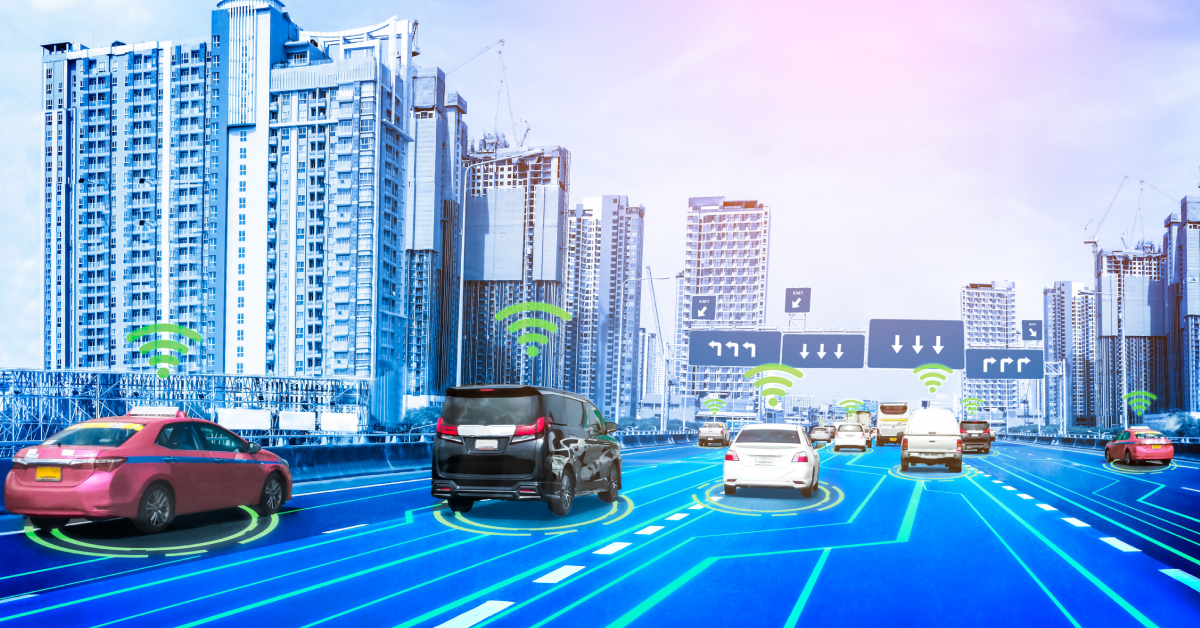
5 min read
.AI and machine learning are emerging as the biggest drivers of change in the transportation sector. However, the integration of AI in transportation has been a game-changer in delivering ways and means of transport. From self-driving cars to smart traffic control systems. How? To clarify this question, we have come up with a well-researched blog for you.
In What Ways Does AI Technology Impact Transportation?
Starting with defining the basics, AI in transportation is the integration of artificial intelligence technologies like ML, NLP, Computer Vision, and Robotics into transportation facilities and processes. Though there are many examples of how AI is being used in transportation, the two most trending ones include:
AI-Powered Autonomous Vehicles
Most of the AI-driven transportation solutions can be observed in the existence of self-driving or autonomous cars. Self-driving cars employ use such as cameras, LIDAR, and other AI software to not only detect their environment but also operate within the environment without necessarily being controlled by a human.
Not only this, but self-driving cars hold much more potential in the field of road safety since such vehicles might entirely remove those human factors that contribute to over 90 percent of all crashes. They can also provide transportation to the elderly and those with a disability that is unable to drive on their own.
The advancement of the technology in autonomous vehicles can greatly impact the transportation system by enhancing the first and last-mile solution while promoting carpooling via ridesharing services, reducing traffic congestion by efficient routing, and providing commuters with valuable time and rest instead of driving their cars.
Intelligent Traffic Management Systems
Another way in which AI is being applied is on the roads through intelligent transportation systems that are enhancing the infrastructure of roads. Real-time video and visual analysis have been expressed to be employed in traffic management systems for traffic control and signal/signage control.
These adaptive systems can also cut down on time, quickly address cases of an accident or closure of a road, and help minimize traffic. Some systems even employ ML algorithms to identify traffic conditions on different days, and in different weather, so that traffic control measures can then be applied before the situation arises.
With intelligent traffic management AI solutions being implemented at a rapid pace, AI can also help determine parking spaces, estimate the occurrence of cases such as vehicles that have stalled or debris on the roads, and also can interact with driverless vehicles as they are gradually being adopted.
There are multiple advantages of utilizing AI technology to control the traffic and traffic infrastructure to improve mobility, public safety, and environmental impact. The advantage will be multiplied as self-driving cars, vehicles of public transport, and city landscapes become interlinked through AI.
What Else can be Achieved with AI in Transportation?
When it comes to vehicular technology, AI development services by Pranathi Software Services have been speculated to improve the safety, efficiency, and sustainability of transportation ranging from self-driving vehicles to intelligent traffic management AI systems. Here’s how:
- AI can handle more inputs than there are inputs that humans can handle. An AI system can contemplate dozens or even hundreds of factors at once – the traffic densities, the state of the roads, the behaviors of drivers, and others – and simulate how they come together to cause accidents. This is something that humans find hard to conceptualize, especially in an abstract manner.
- Using AI in transportation, one can achieve an optimal route at a local level. With the help of integrating the accident prediction model and real-time traffic information, AI routing applications can provide customized suggested alternative routes depending on user-defined origin and destination points while considering safety and travel time.
- In contrast, AI capabilities can increase in efficiency over time. In the case of accident prediction and route optimization, machine learning algorithms can learn from the new data as the months and years go by to extend their ability to anticipate accidents and find better routes. This means that the objectives of the systems can just continue to improve over time.
- AI is in a position to process details and operate faster than human beings. Compared to a human being who would have to receive the inputs, digest them, and then figure out the best possible route, calculate the best course of action, and then alert the driver with fresh directions, AI-driven transportation solutions can do all this in the blink of an eye.
Is Artificial Intelligence a Threat to Transportation?
Yes, AI-driven transportation solutions can be a threat as well but only if overlooked. Using AI in transport entices the following main risks:
The first is related to the procedural aspects and their applicability to the real world which includes factors such as roads and traffic. AI systems have to identify and respond to a vast number of scenarios, including or excluding other road users, varying weather conditions, car crashes, road works, and others.
To train accurate AI models, huge quantities of labeled training data for a plethora of scenarios are required. The second major consideration is the need to attain the necessary levels of accuracy and dependability for transportation AI applications in which safety is critical.
For instance, if the sensor data is faulty or the algorithm is faulty, then it would create a risky situation. Hence, it is better to look for reliable AI development services.
Some other issues arise from data privacy since AI systems gather data from their users to make analysis. To overcome these challenges, rigorous testing is needed, developers must take accountability for AI systems, and regulations surrounding transportation AI must be designed and implemented.
AI Implementations in Transportation by Real-life Brands
Today, many businesses are demonstrating how AI is integrated into all sorts of transportation, including passenger vehicles and carpooling services, supply chain and delivery, and commercial vehicles in a bid to enhance safety, efficiency, and overall transport. However, when it comes to real-life implementations, here are a few examples to watch out for AI in transportation:
Tesla
The American electric car company, Tesla has incorporated Artificial Intelligence in their EVs to support Autopilot and Full Self-Driving features. The AI systems use data from cameras, radar, and sensors to monitor roads, and speeds and perform other tasks to drive the car on its own. Since Tesla’s systems are AI-based they keep on getting better and better with time and are safer and efficient in their way to self-driving cars.
Uber
Some of the applications of AI include optimizing driver-rider matching, demand forecasting, and dynamic pricing based on traffic and riders’ preferences in the case of Uber. AI is used in the algorithms of Uber to enhance the dependability and performance of the services offered to minimize the waiting time of the riders and enhance the income of the drivers by using innovative means of navigation.
Volvo Trucks
AI enables Volvo Trucks for the autonomous driving feature in its commercial vehicles. Features like automated lane-keeping systems, adaptive cruise control systems, and collision avoidance systems. It improves the safety of the driver and the efficiency of the vehicle. Volvo Trucks’ AI applications increase driver satisfaction and decrease driver tiredness, thus preparing for the future of autonomous trucks.
Waymo
Waymo is an Alphabet Inc., company (Google’s parent company) that is involved in the production of autonomous driving systems. Their vehicles are equipped with AI that enables the car to see, reason, and maneuver around the road without human intervention. These self-driving cars have been tested rigorously to revolutionize the safety of mobility in society.
The Path Ahead of 2024 – Mobility Revolution by AI
The tangible and real growth in AI chips, sensors, and algorithms has posed significant changes in transportation systems. A positive outlook that develop with the integration of AI in transportation includes; improved safety in transport, sustainability, accessibility in transport, and convenience in transport.
AI is going beyond conventional self-driving cars and smart traffic control. It has applications in public transportation, first-mile, and last-mile AI-driven transportation solutions, logistics, transportation infrastructure health checks, etc.
It envisions that with the right policies and frameworks for data sharing testing and standardization of AI across different modes of transport. The AI transportation market has the potential to generate $23.11 billion by 2032 according to an analysis by Precedence Research.
To summarize, the future of transportation appears to be both driverless and bright with the assistance of the great AI!
Conclusion
AI in transportation is gradually becoming a reality. It’s true that there are still some barriers that can regulate and some challenges that have not overcome.
Future of AI does not look bleak to make our roads safer and to transport goods and people more effectively. We are still in the infancy of what is yet possible in how artificial intelligence will reinvent automobiles, trucks, logistics, transportation systems, and more over the next several decades.
Published: August 6th, 2024


